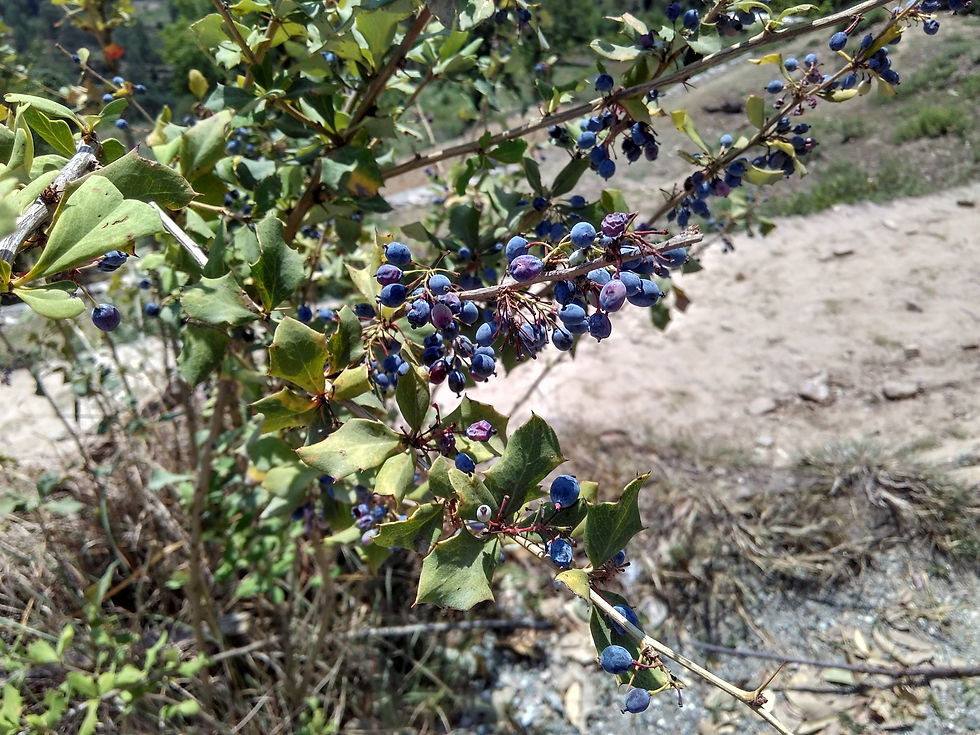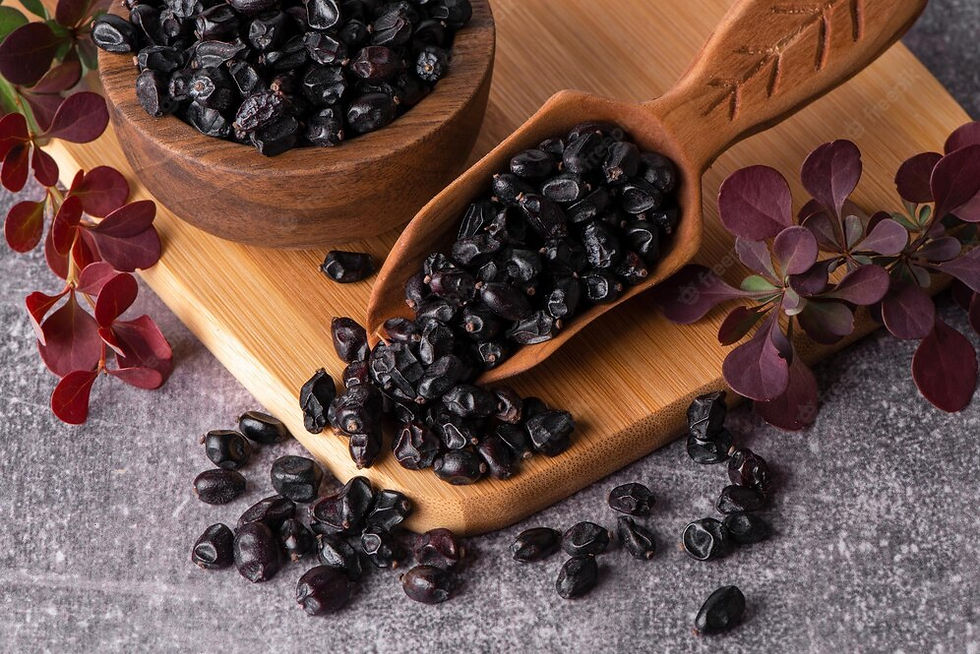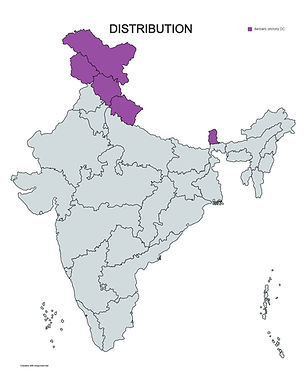top of page


AMMPDB VER.1.1
Berberis aristata.DC




1/4
_edited.jpg)
Common name : Indian Barberry, Tree Turmeric, chitra, daruhaldhi
-
Vernacular Names1. Assamese : Mahaneem. Maha-neem 2. Bengali : Neem 3. English : Indian Lilac, Margosa, Margosa tree, Neem,Neem tree 4. Gujarati : Limba 5. Hindi : Neem 6. Irula : Veeppa, maram 7. Kannada : Bevu/ Kirubevu, Turakabevu 8. Malayalam : Ariyaveppu, Ayurveppu, Kaippanveppu , Nimbam, Vembu, Veppu 9. Marathi : Nimbay 10. Tamil : Sengumaru, Vembu, Veppa, Veppai 11. Telugu : Vepa Source : FRLHT’s ENVIS
-
Botanical DescriptionAzadirachta indica is a tropical evergreen of the MELIACEAE family that grows up to 25 m high. It has rough dark brown bark with wide longitudinal fissures separated by flat ridges. The leaves are compound, imparipinnate, each comprising 5-15 leaflets that are arranged in alternate pairs with terminal leaflets. The compound leaves are themselves alternating with one another. The thin, lanceolate leaflets measure about 6 cm long and 2 cm broad. It bears many flowered panicles, mostly in the leaf-axils. The sepals are ovate and about 1 cm long with sweet scented white oblanceolate petals. It produces yellow drupes that are ellipsoid and glabrous, 12-20 cm long. Source : Medicinal plants of the world: chemical constituents, traditional and modem medicinal uses by Ivan Ross (Volume 2 )
-
Conservation StatusLeast concern source : IUCN
-
Medicinal usesHot water extract of the bark is taken orally by the adult female as a tonic and emmenagogue. The hot water extract of the dried fixed oil is taken orally as an emmenagogue. Anthraquinone fraction of the dried flower, fruit and leaf is taken orally for leprosy. Hot water extract of the flower and leaf is taken orally as an antihistorical remedy, and is used externally to treat wounds. The dried flowers are taken orally for diabetes. Hot water extract of the dried fruit is used for piles and externally for skin diseases and ulcers. Hot water extract of the entire plant is taken orally as an anthelmintic, an insecticide and a purgative. Juices of the bark of Andrographis paniculate, Azadirachta indica and Tinospora cordifolia are taken orally as a treatment for filariasis. Hot water extract of the bark is taken with water, orally before breakfast, for leprosy. The extract is also taken for fever and diabetes, and as a tonic, refrigerant, anthelmintic and antiperiodic. The fresh fruit is used externally for leprosy. Fruit, leaf and root, ground and mixed with dried ginger and "trifala", a preparation consisting of the powdered fruit of Terminalia bellerica (Gaertn.) Roxb., T. Chebula Retz, and Emblica officinalis Gaertn., is taken orally with lukewarm water to treat common fevers. Leaf juice is administered by intravenous infusion for chronic skin diseases, and is taken orally as an anthelmintic. Source : Medicinal Plants of the World
S.no | Phytochemical Name | Phytochemical ID | Synonyms | Part | 2D structures | 3D structures |
|---|---|---|---|---|---|---|
1 | Berberine | CID_2353 | Umbellatine | Root | ||
2 | Oxyberberine | CID_11066 | Berlambine | Root | ||
3 | Berbamine | CID_275182 | Berbenine | Root | ||
4 | Aromoline | CID_362574 | N.A | Root | ||
5 | Karachine | CID_630739 | N.A | Root | ||
6 | Palmatine | CID_19009 | Berbericinine | Root | ||
7 | Oxyacanthine | CID_442333 | Vinetine | Root | ||
8 | Taxilamine | N.A | N.A | Root | ||
9 | Protoberberine | CID_114943 | 5,6-Dihydrodibenzo(a,g)quinolizinium | N.A | ||
10 | Bisisoquinoline | N.A | N.A | |||
11 | Dehydrocaroline | N.A | Root | |||
12 | Jatrorrhizine | CID_72323 | neprotin
Yatrorizine | Root | ||
13 | Dihydrokarachine | N.A | Root | |||
14 | Columbamine | CID_72310 | Dehydroisocorypalmine | Root | ||
15 | caffeic acid | CID_689043 | 3,4-Dihydroxycinnamic acid | Flower | ||
16 | Quercetin | CID_5280343 | Meletin
Sophoretin | Flower | ||
17 | Chlorogenic acid | CID_1794427 | Heriguard | Flower | ||
18 | Meratin | CID_122361330 | N.A | Flower | ||
19 | Rutin | CID_5280805 | rutoside | Flower |
The most active phytoconstituent of Berberis aristata, i.e., diterpenes, when tested against three cell lines (L20B, RD and Hep2), displayed a good cytotoxic effect with IC50 values ranging from 245 to 473 µg/mL.
Source : chander et al.,2017
bottom of page